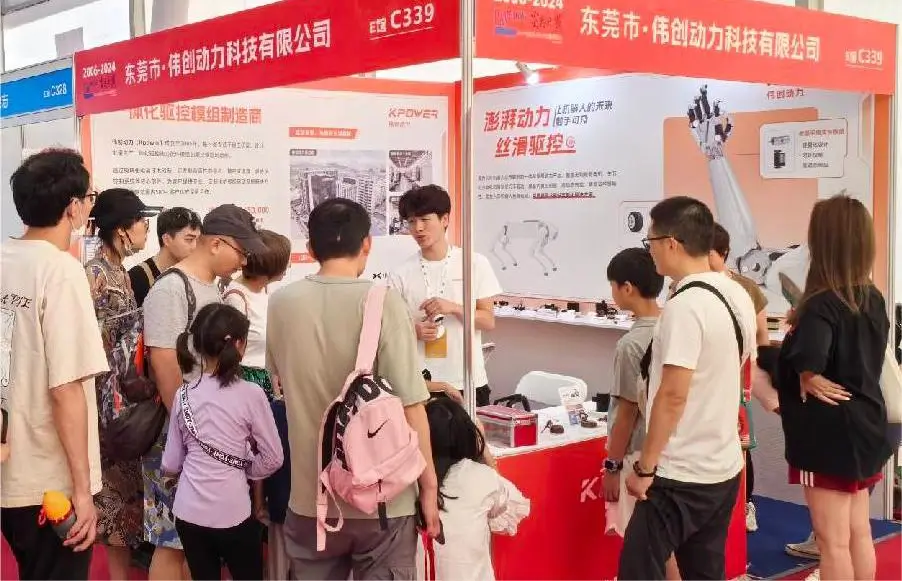Ever done a puzzle where every piece fits perfectly only when you’re not forcing it? That’s kind of how choosing between CQRS and microservices works. They're both tools, but used right, they unlock a level of flexibility and scalability that’s hard to beat.

Think about CQRS—Command Query Responsibility Segregation—like dividing work into two teams. One team handles all the commands, the writes, the updates. The other is responsible for queries, the reads. By keeping these functions separate, you wave goodbye to hiccups caused by overloaded databases or convoluted logic. It’s a bit like having a dedicated librarian who handles your book returns and another who makes sure the shelves are always stocked correctly. The result? Faster response times and more control over data consistency.
Microservices, on the other hand, are like breaking a big city into neighborhoods. Each neighborhood has its own shops, roads, and maybe even its own rules, but they all work together as one city. When one neighborhood is busy, the others keep running smoothly. This autonomy means you can evolve parts of your system without shutting down the whole thing. If a new feature needs to be added or a bug fix rolled out, it’s a matter of tweaking a specific microservice, not tearing apart the entire structure. That speed of iteration can be a game-changer.
So, what happens when you combine CQRS with microservices? It’s like pairing smart traffic lights with well-planned roads. The separation of command and query sides fits naturally into a microservices environment—each service can own its own command and query responsibilities. Yet, it’s not a one-size-fits-all. Sometimes, you don’t need the full complexity. You might just want a straightforward microservice with a simplified command story if your system’s scale doesn’t demand it.
But be aware—picking the right setup isn’t just about stacking patterns. It’s about understanding your system’s needs. If you’re dealing with high loads and complex data workflows, CQRS combined with microservices can handle the heat. It allows you to decouple processes, scale parts independently, and keep your architecture clean.
Some say organization should be monolithically simple; others argue the runway for growth is paved with microservices and layered responsibilities. The key is finding your rhythm. If performance issues creep in or updates get slow, maybe it’s time to rethink your architecture. Are you just scaling vertically, or do you want modular pieces that grow together but still breathe independently?
Questions pop up all the time. Do I need CQRS if I already run microservices? Not necessarily. They can exist separately but often sing a better tune together. Do I have to implement heavy infrastructure to start? Not at all. Trends lean towards iterative adoption—start small, scale fast.
Look, it’s about creating a system that can adapt, make changes on the fly, and handle unexpected loads without breaking a sweat. When you pay attention to these best practices—think about clear separation, independent scaling, and targeted responsibilities—the result is a setup that’s robust and future-ready.
In the end, choosing the right combo for your project is like tuning a guitar—you need to listen carefully, test, tweak—and sometimes, just trust your instincts. But having the right tools in your hand makes that whole process smoother and more satisfying.
Established in 2005, Kpower has been dedicated to a professional compact motion unit manufacturer, headquartered in Dongguan, Guangdong Province, China. Leveraging innovations in modular drive technology, Kpower integrates high-performance motors, precision reducers, and multi-protocol control systems to provide efficient and customized smart drive system solutions. Kpower has delivered professional drive system solutions to over 500 enterprise clients globally with products covering various fields such as Smart Home Systems, Automatic Electronics, Robotics, Precision Agriculture, Drones, and Industrial Automation.




































